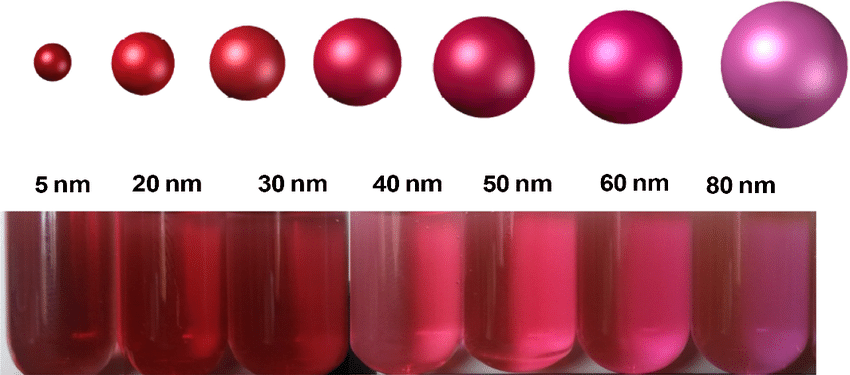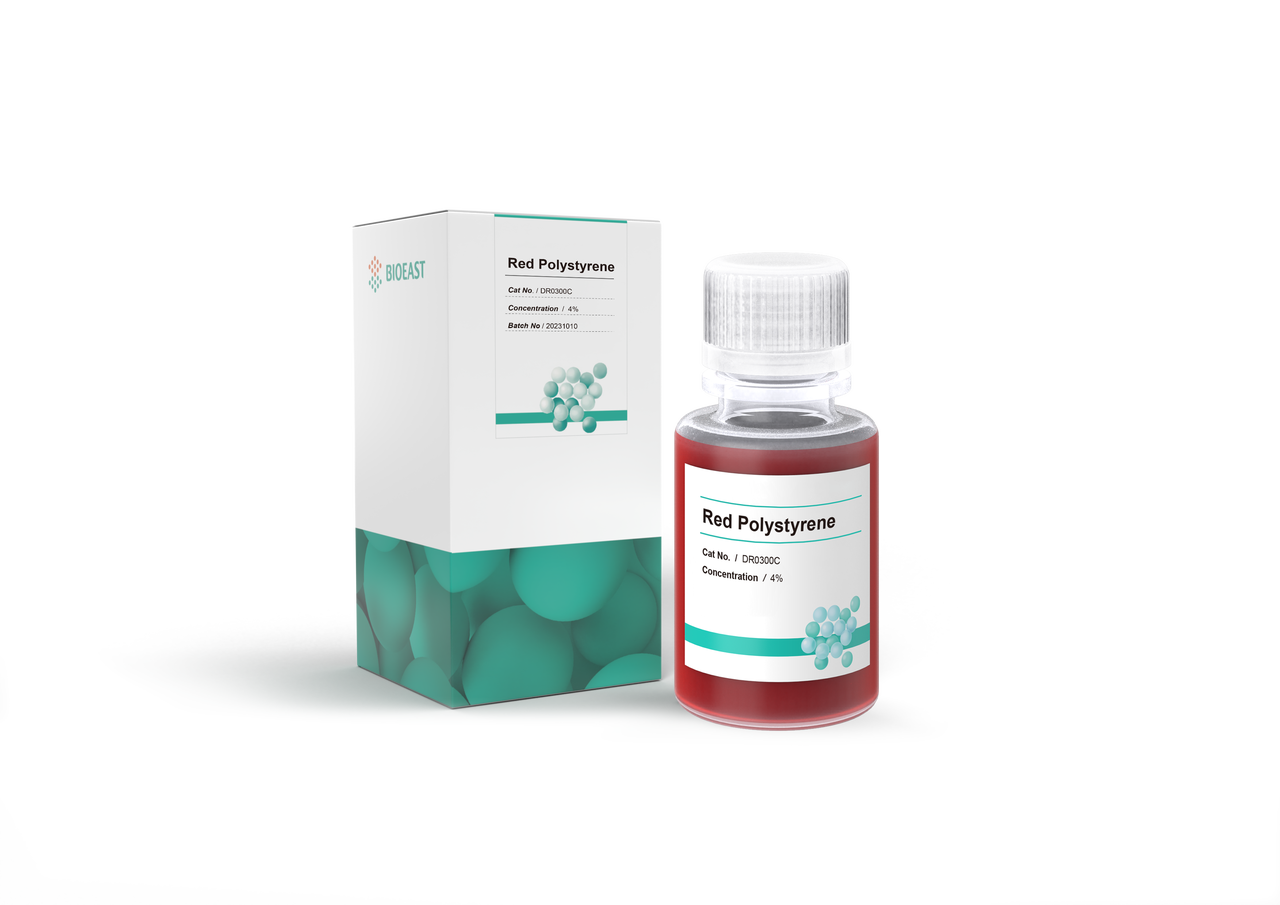
Get A Quote
Colorful Choices: Red Latex Microspheres vs. Gold Colloidal Particles in LF method
2023-11-27
In the realm of immunochromatography, red latex microspheres and gold colloidal particles stand out as common labeling agents, each exhibiting notable differences in performance on chromatography platforms. Here's a guide to their characteristics in this field.
Gold nanoparticle colloidal suspensions | Source: https://www.researchgate.net/figure/Gold-nanoparticle-colloidal-suspensions-size-of-the-gold-colloids-5nm-20nm-30nm_fig2_325932290
BIOEAST Red Latex Microspheres | https://en.bioeast.com/enproxq/46/71
-
Color and Shape:
-
Red Latex Microspheres: These microspheres showcase a vivid red color, providing excellent visual contrast for detection. The shape of the microspheres is typically uniform and regular, contributing to stability on chromatography platforms.
-
Gold Colloidal Particles: Colloidal gold presents a golden hue, often maintaining good contrast in optical detection. The smaller particle size, around 40 nanometers, may require higher sensitivity in certain situations.
-
Sensitivity and Detection Limit:
-
Red Latex Microspheres: Due to their larger diameter, red latex microspheres generally boast higher sensitivity. This can be advantageous in applications where a lower detection limit is crucial.
-
Gold Colloidal Particles: While the smaller particle size may limit sensitivity, colloidal gold particles might be more suitable in scenarios where a faster reaction time is desired.
-
Specificity and Nonspecific Adsorption:
-
Red Latex Microspheres: Typically, these microspheres exhibit lower nonspecific adsorption, enhancing test specificity. Further optimization of surface treatment and material selection can refine this characteristic.
-
Gold Colloidal Particles: Additional optimization may be required for nonspecific adsorption, particularly in complex biological samples.
-
Consistency Across Production Batches:
-
Red Latex Microspheres: The preparation process yields consistent results, leading to minimal differences across production batches. This aids in achieving stable and reliable performance on chromatography platforms.
-
Gold Colloidal Particles: Due to factors that are challenging to control in the preparation process, there might be some variations between different batches, necessitating additional quality control measures.
Conclusion
Red latex microspheres and gold colloidal particles each bring unique advantages and are suitable for specific scenarios on chromatography platforms. The choice of a labeling agent depends on the specific experimental requirements, including sensitivity, specificity, color contrast, and more. In practical applications, scientists carefully select and experimentally validate the most suitable option based on the project's unique needs.


